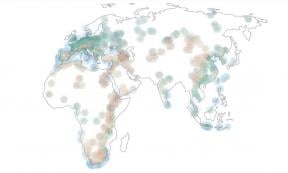Evolution & Human Origins
We bring you all the latest news and discoveries relating to human origins and evolution. The more fossils that are unearthed, the more researchers admit that there is much that is still unknown about the evolution of humans.







































